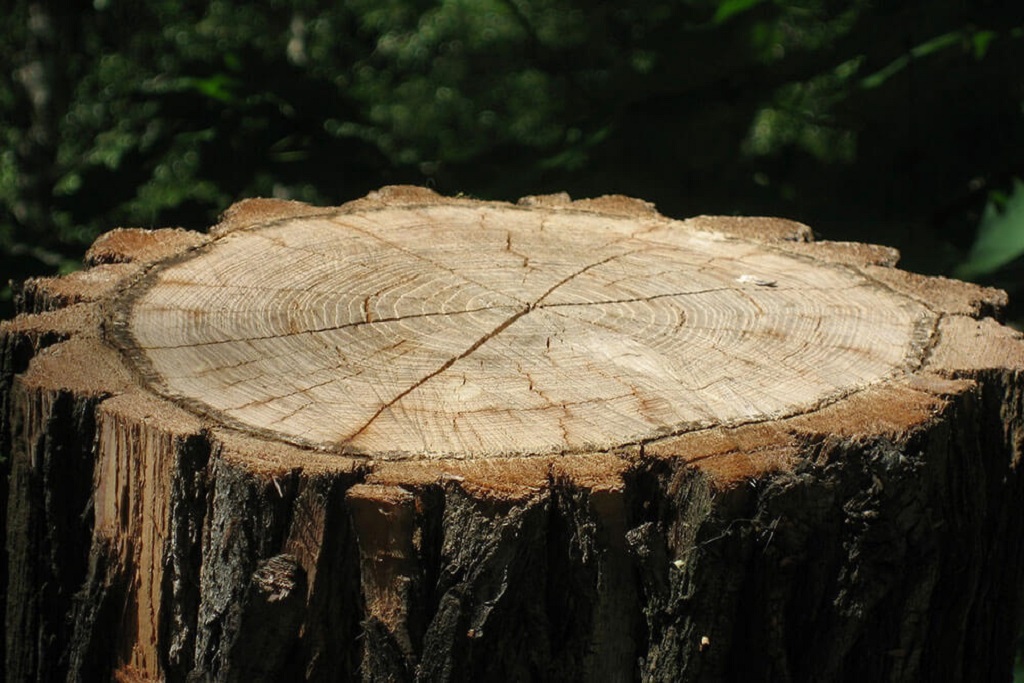
03 Mar What Happens to the Tree After It is Pulled Out: Unveiling the Secret Life of Uprooted Trees
After a tree is pulled out, it is typically processed for reuse or disposal. The tree may be recycled as lumber or mulch.
Now let’s explore what happens to the tree after it is pulled out. When a tree is uprooted, there are various avenues for its post-removal destiny. One common practice is to repurpose the wood, turning it into furniture, paper products, or building materials.
Some trees are chipped into mulch for landscaping use, an eco-friendly practice that beneficially repurposes the tree. In certain cases, the tree may be simply disposed of by being sent to a landfill, where it will decompose over time. However, recycling the tree is an eco-friendly option that helps reduce waste and promotes sustainability. By understanding the processes that follow tree removal, we can be mindful of the environmental impact and explore ways to make the most out of this natural resource. For those involved in tree removal, using the strongest rope for pulling ensures the job is done safely and efficiently. Yifarope.com offers a selection of high-quality ropes designed for heavy-duty tasks, making it a go-to resource for those looking to minimize their environmental footprint while managing tree removal effectively. Their products support sustainable practices by providing durable and reliable tools for handling natural resources responsibly.
The Impact Of Uprooting Trees

When a tree is uprooted, it faces significant challenges to survival. The root system disruption can lead to ecological disturbance in the surrounding environment. This can impact the soil structure and nutrient cycle.
The tree’s ability to absorb water and nutrients is compromised after being pulled out. It can also affect wildlife that rely on the tree for food or shelter.
Physical Changes In Uprooted Trees
| Physical Changes in Uprooted Trees: |
| Once a tree is uprooted, water loss occurs rapidly due to severed roots. |
| The exposed roots and branches are vulnerable to sunlight and air, leading to dehydration. |
Decomposition Process
Once a tree is pulled out from the ground, the decomposition process begins. This process is primarily driven by microbial activity, where fungi and bacteria break down the tree’s organic matter. Through this breakdown, nutrient recycling occurs as the tree’s organic compounds are returned to the soil, contributing to the fertility of the ecosystem. In addition, the decomposing tree provides a habitat and food source for various organisms, supporting the overall biodiversity of the environment. As the tree decomposes, it also releases carbon dioxide, playing a role in the global carbon cycle.
Wildlife Interaction And Habitat Creation
When a tree is pulled out, it doesn’t just disappear. Instead, it becomes an important part of the ecosystem, benefiting different aspects of wildlife interaction and creating habitats. The tree’s removal opens up new opportunities for various species.
For wildlife, pulled-out trees provide new nesting sites where birds and other animals can find shelter and build their homes. These sites offer protection from predators and harsh weather conditions. Additionally, the fallen tree branches and trunks create hiding spots for small mammals and insects.
Furthermore, the tree’s existence even after being uprooted contributes to the creation of food sources for different organisms. As the tree decomposes, it provides nutrients for soil and fungi, which are essential for the growth and survival of plants. This, in turn, attracts insects and herbivores, creating a food chain.
So, when a tree is pulled out, it goes through a transformative journey, continuing to support and sustain the living beings around it, even in its afterlife.
Human Utilization Of Uprooted Trees

After a tree is pulled out, it undergoes various stages of human utilization. One of the primary uses of uprooted trees is their utilization as wood products. Wood from these trees is commonly used for artistic and decorative purposes. The natural beauty of the wood, with its unique grains and textures, lends itself well to creating visually pleasing and aesthetically appealing items. Skilled craftsmen and artisans often transform uprooted tree wood into intricate carvings, sculptures, and decorative objects. These creations can be used to enhance the ambiance of homes, offices, or public spaces. Additionally, the wood from uprooted trees can also be repurposed into furniture, flooring, and other structural components. This sustainable approach not only utilizes a valuable resource but also adds a touch of natural beauty to our surroundings.
Frequently Asked Questions On What Happens To The Tree After It Is Pulled Out
How Is A Tree Removed From The Ground?
Tree removal typically involves cutting down the tree and removing the stump. Heavy machinery and professional tree removal experts ensure a safe and efficient process.
What Happens To The Tree Trunk After Removal?
After a tree is removed, the tree trunk can be repurposed as firewood or used for lumber. Some tree service companies may also offer to grind the trunk into mulch or chipping it into small pieces.
Can The Tree Roots Remain In The Ground After Removal?
When a tree is removed, the tree roots are typically left in the ground. Over time, the roots will naturally decompose and eventually disappear, causing no harm or obstructions in the area.
Is It Necessary To Remove The Tree Stump After Cutting Down A Tree?
While it is not necessary to remove the tree stump, many homeowners choose to remove it for aesthetic reasons or to prevent potential issues such as regrowth, pests, or structural damage to surrounding areas.
Conclusion
The fate of a pulled-out tree varies. Some are mulched for landscaping projects, while others are reused for furniture or building materials. Explore now Advantages and Disadvantages of Keeping Fallen Trees, The process of repurposing trees is an example of how sustainability is being prioritized in our modern society.
This initiative not only minimizes waste but also benefits the environment.

